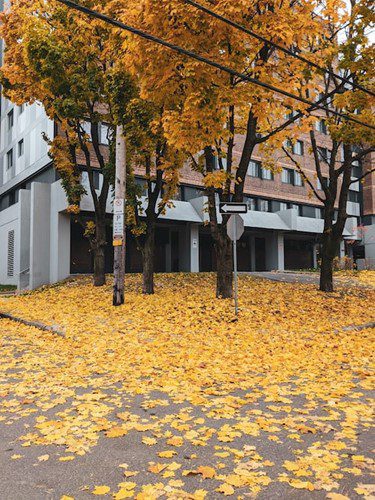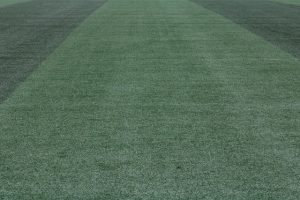Trees can have a significant impact on utility infrastructure, including power lines, water pipes, and communication cables. In situations where trees have to be uprooted, or branches trimmed to prevent any disruptions to important utility structures, doing it unprofessionally can pose various degrees of danger to these structures or the services they help deliver. In the wrong place, they may create electrical interference by interfering with the signals of communication cables or generating short circuits in power lines. For these reasons, it is always a good idea to seek professional help from utility tree service providers to ensure that tree planting and trimming operations are carefully planned and managed to prevent accidents and keep the damage that trees may cause to utility infrastructure to a minimum. This entails working with arborists and experts to select appropriate tree species that suit the climate and avoiding planting trees near existing infrastructure. Regular pruning, performed by utility tree service professionals, should also be prioritized to prevent branches from interfering with utility infrastructure.
Table of Contents
Tree pruning and trimming: Preventing interference with power lines
Maintaining the health and safety of your trees requires regular pruning and trimming. But it’s important to take additional safety measures regarding power lines. As such, you should ensure to seek guidance from your neighborhood utility company before you begin pruning or trimming any trees close to a power line. They can offer you the required knowledge to safely prune or trim the tree without interfering with the electricity lines. Moreover, you should use the appropriate tools at all times for the job. For branches with a diameter of up to two inches, pruners and loppers should be used; saws should be used for larger branches. Ensure that branches are trimmed at least 10 feet away from a power line when cutting them close to one. Your trees will then stay strong and be safe from any interference with power lines.
Tree removal and hazardous tree assessment: Mitigating risks to utility systems
Regarding tree removal and hazardous tree assessment, preventing or limiting danger to utility infrastructure is of the highest importance. Finding trees that may pose a risk to the utility system is the first step in this procedure. This may involve surveying the site and searching for things like dead branches, broken limbs, or leaning trunks. Assessing the risk presented by each tree comes next once any possible dangers have been found. You then need to consider the size of the structure, location, and closeness to electricity lines or other infrastructure. Any tree that poses a serious threat to utility systems should be removed immediately. If not, precautions should be taken to lessen the possibility of harm from falling branches or uprooted trees.
Utility line clearance: Ensuring reliable service and safety
To help ensure safe and dependable utility service in your area, you may see to it that trees, bushes, and other vegetation are kept far from power lines because they may interfere with power transmission and result in outages or even fires. You could regularly check the area surrounding power lines for any possible dangers. Trees and bushes that you discover to be too close to the lines need to be pruned back or removed totally. You could also check for items that are positioned close to the lines by people or animals and have them removed. These things may potentially cause outages or fires if they come into touch with the electricity wires.
It is always important to ensure all utility poles in the area are properly secured and in good condition. This will lessen the likelihood of them toppling over due to strong winds or other weather conditions. So, by following these steps, you can contribute to ensuring that the utility lines serving your area are always dependable and in safe conditions.
Tree planting guidelines: Selecting and placing trees away from utility infrastructure
When choosing and planting trees in an area where there is utility infrastructure, you should consider the size of the tree at maturity. Large trees can damage power lines, water pipes, and other utilities. You should also consider the kind of soil in which the tree will grow. Certain types of soil are required for the healthy growth of some trees, while others may not fare as well in such soils. You should consider the amount of sunlight that is available in the area for the vegetation. For proper growth, certain trees require more sunlight than others. And another thing to consider is how close the tree should be planted to utility infrastructure to avoid future problems.
Collaboration between utility and tree service professionals: Establishing effective maintenance practices
Establishing efficient maintenance procedures between utilities and tree care specialists requires teamwork. Together, the two parties should identify possible risks and create ways to reduce them. This entails determining how well-maintained the trees are, assessing the effect of trimming or removal on utility infrastructure, and creating a schedule for routine inspections and maintenance. Both parties should also agree on a procedure for handling emergencies like storms or other natural disasters that might harm trees or utility infrastructure. It’s important to guarantee that every team member participating in the collaboration receives the appropriate training in safety procedures and has access to the tools and equipment required for effective tree care operations. Utilities and tree service experts can ensure that all their maintenance procedures are efficient and safe for all parties.
Featured Image by Unsplash.com




